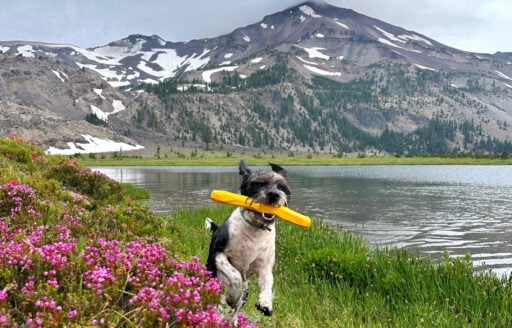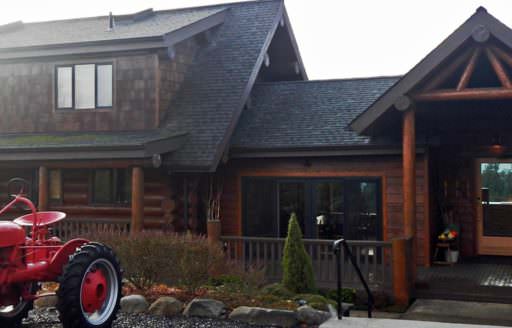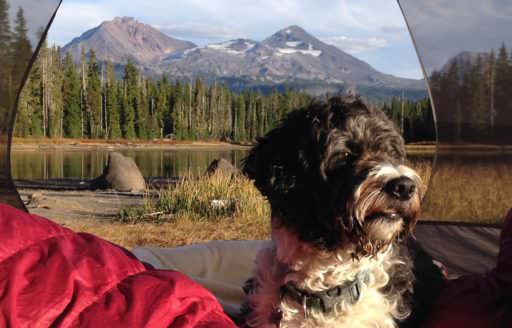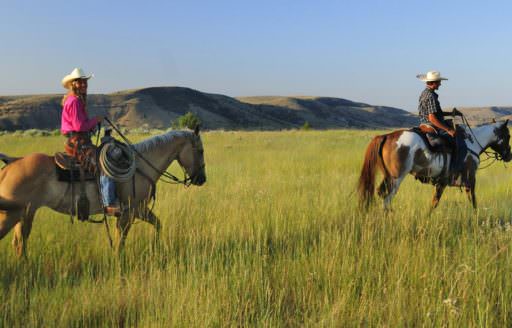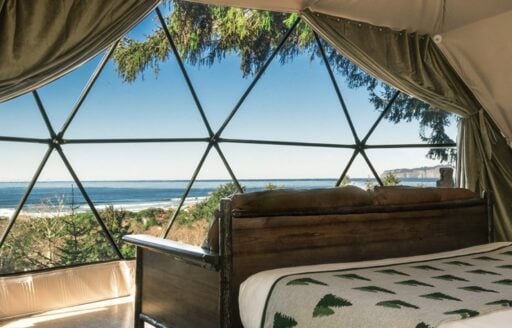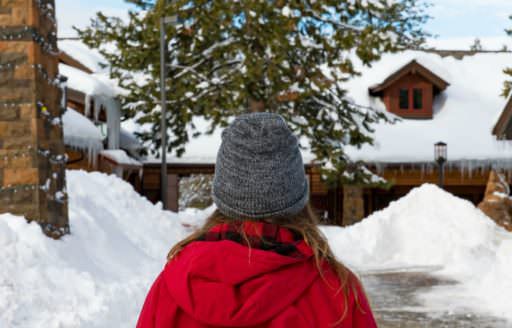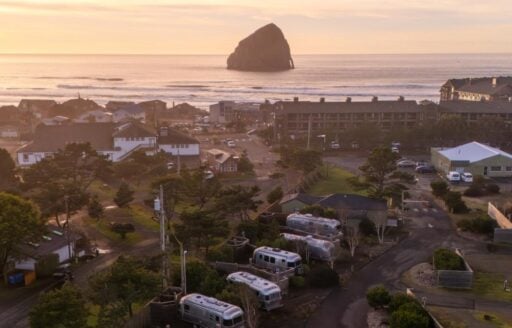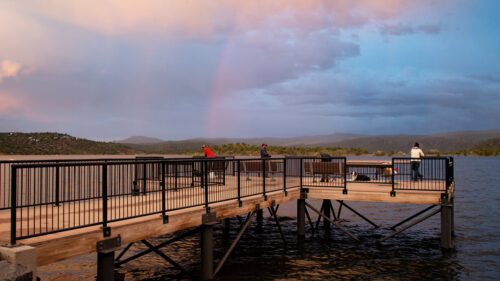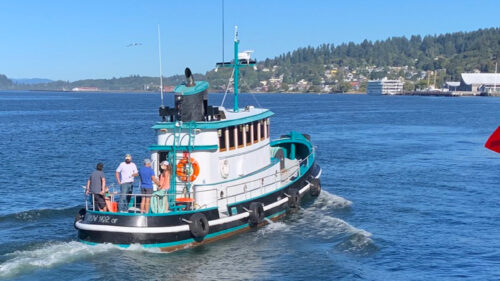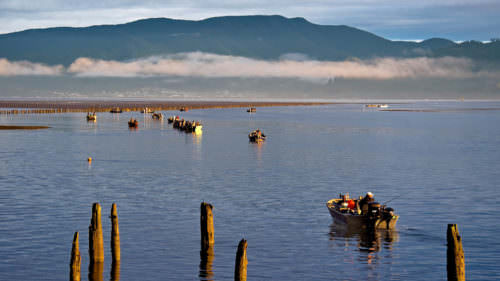Every kind of boater can find something to love about Oregon’s many coastal bays. These semi-sheltered environments are suitable for all kinds of craft, from kayaks to motorboats. Unique environments formed when freshwater meets saltwater attract marine mammals, migratory birds and other wildlife. Estuaries and inlets offer enticing places to paddle. And opportunities for fishing, crabbing and clamming mean you can even try your hand at catching your own dinner. Here’s where to go — and what to know — when you’re ready to hit the water out on the Coast.

Excellent Clamming on Netarts Bay
Netarts Bay on the North Coast offers exciting opportunities for paddlers and motorcraft alike. Launch at Netarts Bay Landing near Oceanside, which has a single-lane launch ramp for trailers and a grassy area where kayakers can prep before carrying their boats down. Explore the lower bay for a chance to spot oystercatchers, tufted puffins, Caspian tern and harbor seals.
Netarts Bay is also one of Oregon’s best areas for crabbing and clamming. Set pots from your boat or dig clams from sandy stretches only accessible by watercraft. You can get permits, learn about regulations and check for closures on the Oregon Department of Fish and Wildlife website. Just be aware that outgoing tides here can be strong enough to pull paddlers out to sea, so steer clear of the bay mouth and check tide tables before setting out. Also, keep your eyes out for diver-down flags, as the abundant marine life means the bay is also popular with scuba divers.

Spot Harbor Seals in Alsea Bay
With no jetty at the ocean entrance, Alsea Bay in Waldport on Oregon’s Central Coast has strong tides and ocean swells that can make boating near the entrance dangerous. But those powerful coastal tides can also work in your favor if you time your trip to take advantage of an incoming tide to travel easily upstream on the Alsea River.
Put in at the Port of Alsea in downtown Waldport, which is a designated Clean Marina, a voluntary program that focuses on environmental stewardship. An improved boat ramp, boarding docks and a new accessible kayak launch makes launching here easy. Motorboats should be very cautious in this heavily silted bay, but paddlers can enjoy cruising the sand bars. At low tide, you might even see them covered in sunbathing harbor seals. Alsea Bay is also a great spot to cast a line for fall chinook salmon, winter steelhead and spring perch. Clamming and crabbing are also popular here.

Paddle Rivers and Creeks from Winchester Bay
World-famous for its legendary salmon and steelhead runs, the Umpqua River meets the Pacific Ocean at Winchester Bay, near Reedsport on the South Coast. Motorboaters can put in at Rainbow Plaza in downtown Reedsport, a newly remodeled facility with multiple launch lanes, boarding docks and a short-term tie-up dock. Just about 350 feet west on Riverfront Way is the Bumble Bee Boat Ramp, which was recently acquired by the City of Reedsport and offers a kayak launch and gravel parking.
From here the bay is your oyster (er, butter clam). Go downstream past river islands to the Salmon Harbor Marina in Winchester Bay for crabbing and angling, or head upstream on either the Smith or Umpqua rivers, which converge at Reedsport, keeping an eye out for bald eagles and osprey on your way. The closest destination with developed boating access is Smith River Marina and Campground, about 8 river miles upstream on the Lower Smith River. Paddlers can also investigate Scholfield Creek, about half a mile downstream from Bumble Bee, which winds through downtown Reedsport and hosts a thriving population of aquatic birds like wood ducks, scaups and buffleheads.
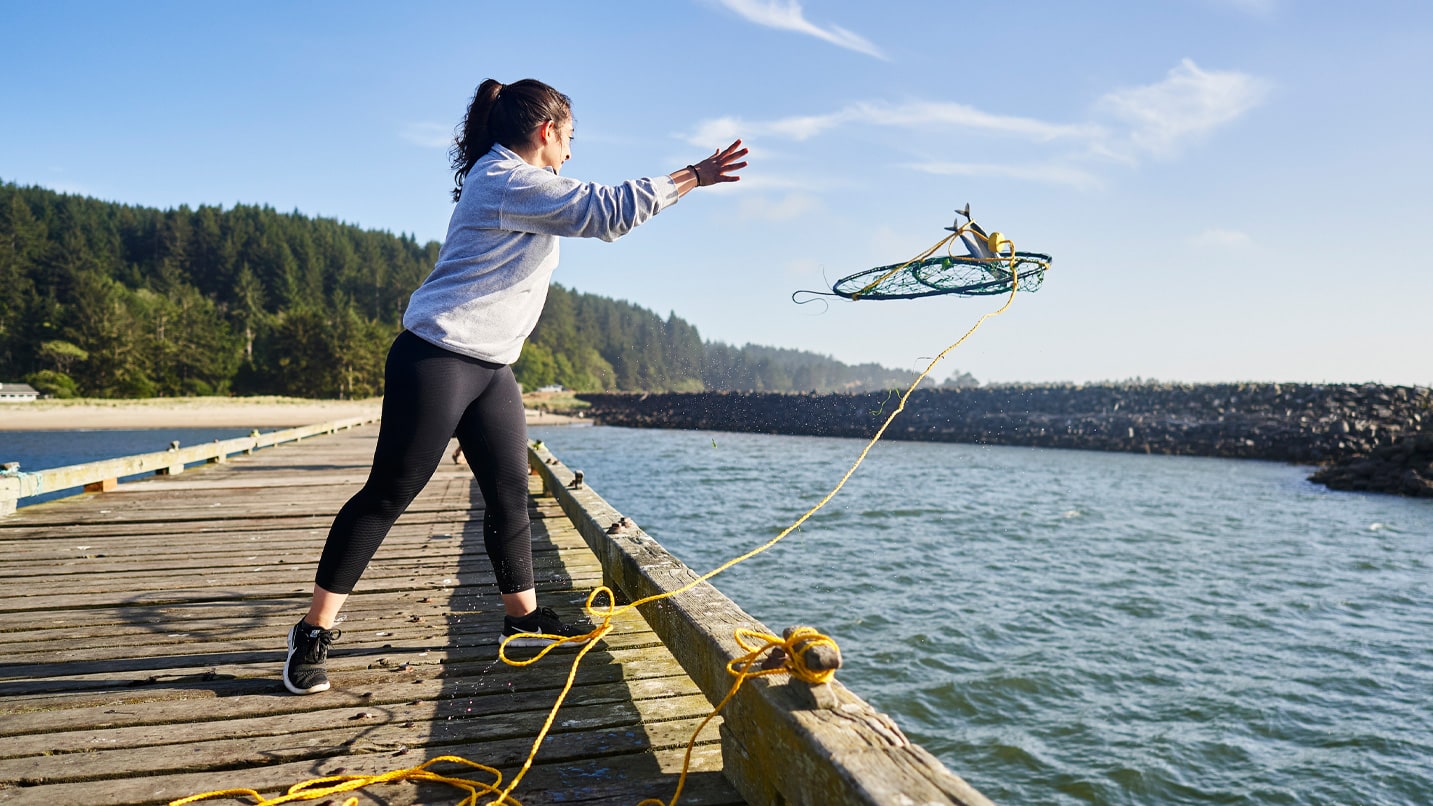
World-Class Crabbing in Coos Bay
Far enough from major urban areas to be uncrowded even during summer, the communities of Coos Bay, North Bend and Charleston on Oregon’s South Coast offer abundant opportunities for river, bay and lake boating. Motorboats can launch from Empire Boat Ramp in Coos Bay or upstream at the California Street Boat Ramp in North Bend. This bay is dominated by saltwater, which means it’s a particularly fruitful spot for crabbing. Dungeness and red rock crabs abound, especially in late summer and fall. This is also when chinook salmon are at their most abundant. Fish from your boat inside the bay or hire a guided charter boat to take you out past the bar.
Paddlers can put in farther upstream at Catching Slough Boat Ramp, underneath the east side of the Highway 241 Bridge in Coos Bay. Paddle downstream and around the river bend to the mouth of Isthmus Slough, which passes through downtown Coos Bay. For a longer paddle, pack a picnic and head upstream about 6 river miles, keeping left at the fork, to reach Doris Place Boat Ramp on the Millicoma River. Lake paddlers will love John Topits Park in Coos Bay, which offers easy access to Upper Empire Lake via a new floating launch. Note that no gas-powered boats are permitted here.
Before You Go:
Learn more about equipment and regulations for paddlers and motorboats, get permits and check for facility closures on the Oregon State Marine Board’s website.
- Make sure you always boat with essential safety equipment, including life jackets and whistles, and if you have a paddlecraft 10 feet or longer, that you have a current Waterway Access Permit.
- Always check local conditions before heading out, and remember that weather conditions can change quickly. Coastal bays are unique waterways different from lakes and inland rivers. They experience powerful ocean tides, and outgoing tides can sweep small craft out to sea. Also review the Reported Boating Obstruction Map for your area — and report any new obstructions you notice using the same system.
- Familiarize yourself with the rules of the waterway, navigation rules of the road, handling wakes and what to do if you’re in a boating accident.
- If you’ve used your boat on any inland waterway — including ponds, lakes or rivers — make sure it’s sparkling. Be sure to clean, drain and dry before you launch it at the Coast. It’s easy to spread invasive species, and backflushing motors from saltwater to freshwater coastal lakes can damage the foot of a boat ramp. Clean your boat at a car wash, drain any standing water, and always “pull the plug” when transiting to let any water fully drain from the boat.

